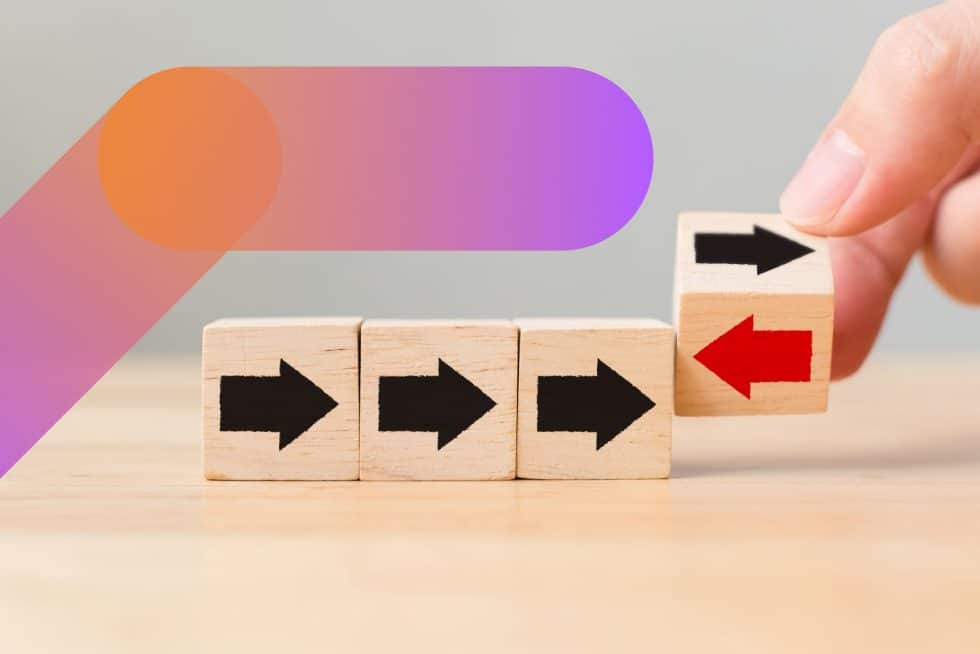Following up on outstanding invoices is essential for any company’s healthy working capital and cash flow. An effective way to do this is to send payment reminders to customers who are behind on their payments. In this blog, we will discuss how to draft a payment reminder and when it is best to send it.
Why are payment reminders important?
Payment reminders are a friendly but assertive way to remind customers that their payment deadline has passed. This helps to avoid misunderstandings and shows that you are serious about collecting outstanding amounts. Moreover, sending timely reminders can keep the customer relationship intact, as it shows that you are willing to work towards a solution.
Steps in preparing a payment reminder
Clear and concise communication: Keep the reminder short and concise. Clearly state the details of the outstanding invoice, such as the invoice number, due date, and outstanding amount.
Friendly tone: Choose a friendly tone in your reminder. Avoid harsh wording that may put customers off. The aim is to encourage the customer to take action.
Reference to previous communication: If there have been previous reminders or agreements, refer to these. This can help create a sense of continuity and emphasise the importance of payment.
Clear next steps: Clearly state what the next steps will be if payment is not received within a certain period of time. This can range from further reminders to using a collection agency.
Payment options: Offer information on different payment methods the customer can use to make payment. This facilitates the payment process and increases the chances of timely payment.
When to send a payment reminder?
Shortly after the due date: It is a good practice to send a first reminder shortly after the due date of the invoice. This shows that you are proactive in managing outstanding payments.
Before the next due date: If payment is still not received after the first reminder, consider sending a second reminder before the next due date approaches. This can be an additional incentive for the customer to act quickly.
Just before further action: If the customer has not responded to previous reminders, consider sending a final reminder before taking further steps, such as using a collection agency.
Conclusion: how and when to send a payment reminder now?
Effective follow-up of outstanding invoices is a crucial part of a company’s financial management. Payment reminders are a valuable tool to encourage customers to fulfill their payment obligations in a friendly manner. By using clear communication, a friendly tone, and clear follow-up steps, you can increase the likelihood of customers paying on time while preserving the customer relationship. Remember to send timely reminders after the due date and before further actions are taken. This way, you will contribute to healthy cash flow and financial stability for your business.

